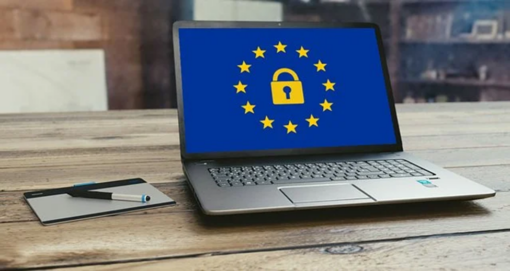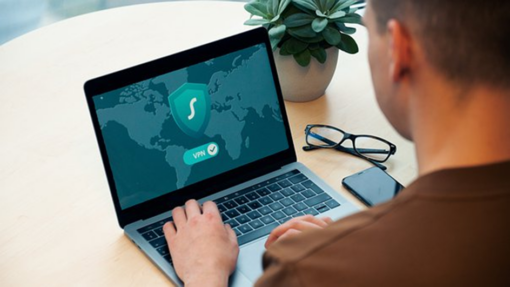When handling sensitive information in your business, whether client data or company secrets, it’s important to take extra care to keep it secure. A single data breach can cause serious damage to your business, so it’s crucial to have security measures in place to protect your sensitive information. Here are some strategies to follow if you’re working with sensitive information.

1. Control Access to Sensitive Information
Controlling access to sensitive information is one of the most important steps to protect it from unauthorized access or theft. By limiting who has access to your most confidential data, you are not only protecting data from external threats but also internal threats. You also reduce the risk of a security breach if an employee’s computer or device is lost or stolen.
There are several ways to control access to sensitive information. You can use passwords, encryption, and other security measures to keep unauthorized users from accessing your data. You can also restrict who has permission to view or edit sensitive files. And if you’re working with contractors or other third-party partners, be sure to require them to follow your security protocols.
2. Use Strong Passwords and Encryption
Most people know they should use strong passwords, but few do. The problem is that most people don’t understand how important strong passwords are. A weak password can easily be hacked, and all of your sensitive information will be compromised if your account is hacked.
Mixing letters, numbers, and symbols is the best way to create a strong password. Make sure the password is at least eight characters long, and make it something you can remember but that no one else would guess. It would help if you didn’t use the same password for multiple accounts.
Another important step you can take to protect your information is to encrypt it. Encryption scrambles your data so that even if someone does manage to hack into your account, they won’t be able to read it. Many types of encryption software are available, so find one that meets your needs and use it whenever possible.
3. Store Sensitive Information Securely
Once you have strong passwords and encryption in place, the next step is to make sure you’re storing your sensitive information securely. That means keeping it off of your computer and out of the cloud.
Instead, store sensitive information on an external hard drive or USB drive that you keep in a safe place. You can also use a password manager to store sensitive information. A password manager is a piece of software that stores all your passwords in one encrypted location. That way, you only have to remember one master password instead of dozens (or hundreds) of individual passwords.
4. Use a VPN
A VPN, or virtual private network, is a service that creates a secure, encrypted connection between your computer and the internet. This connection helps protect your data from prying eyes, making it a great tool for working with sensitive information.

There are several different VPNs to choose from, so it’s important to do your research before selecting one. Some VPNs are free, while others require a subscription. Be sure to select one that is reputable and has a good track record of protecting user data.
Once you have selected a VPN, install the software and connect to the service. You can then browse the internet safely and securely, even when using public Wi-Fi networks.
5. Keep Your Software Up-To-Date
Not updating your software is a disaster in waiting. You’re opening yourself up to security risks and missing out on new features that can make your life easier. So, it’s important to find a way to keep your software up-to-date without being too much of a nuisance.
One way to do this is to set your software to update automatically. This way, you don’t have to remember to do it yourself, and you can be sure that your programs are always up-to-date. Another way to make updating your software less painful is to batch the process. Update all of your programs once instead of doing them one by one. This can save you a lot of time in the long run.
6. Backup Your Data
No matter how careful you are, there’s always a chance that something could happen to your data. You need to be prepared for the worst, whether a computer crash or a malicious hacker. That’s why it’s important to back up your data regularly.
There are several different ways to back up your data. You can use an external hard drive, a cloud-based storage service, or even a simple USB flash drive. Whichever method you choose, be sure to do it regularly, so your data is always safe.
Working with sensitive information can be daunting, but it’s important to take the necessary steps to protect your data. Using the above strategies, you can help keep your information safe and secure. You can also rest assured that you’ve taken the necessary steps to protect yourself and your data.